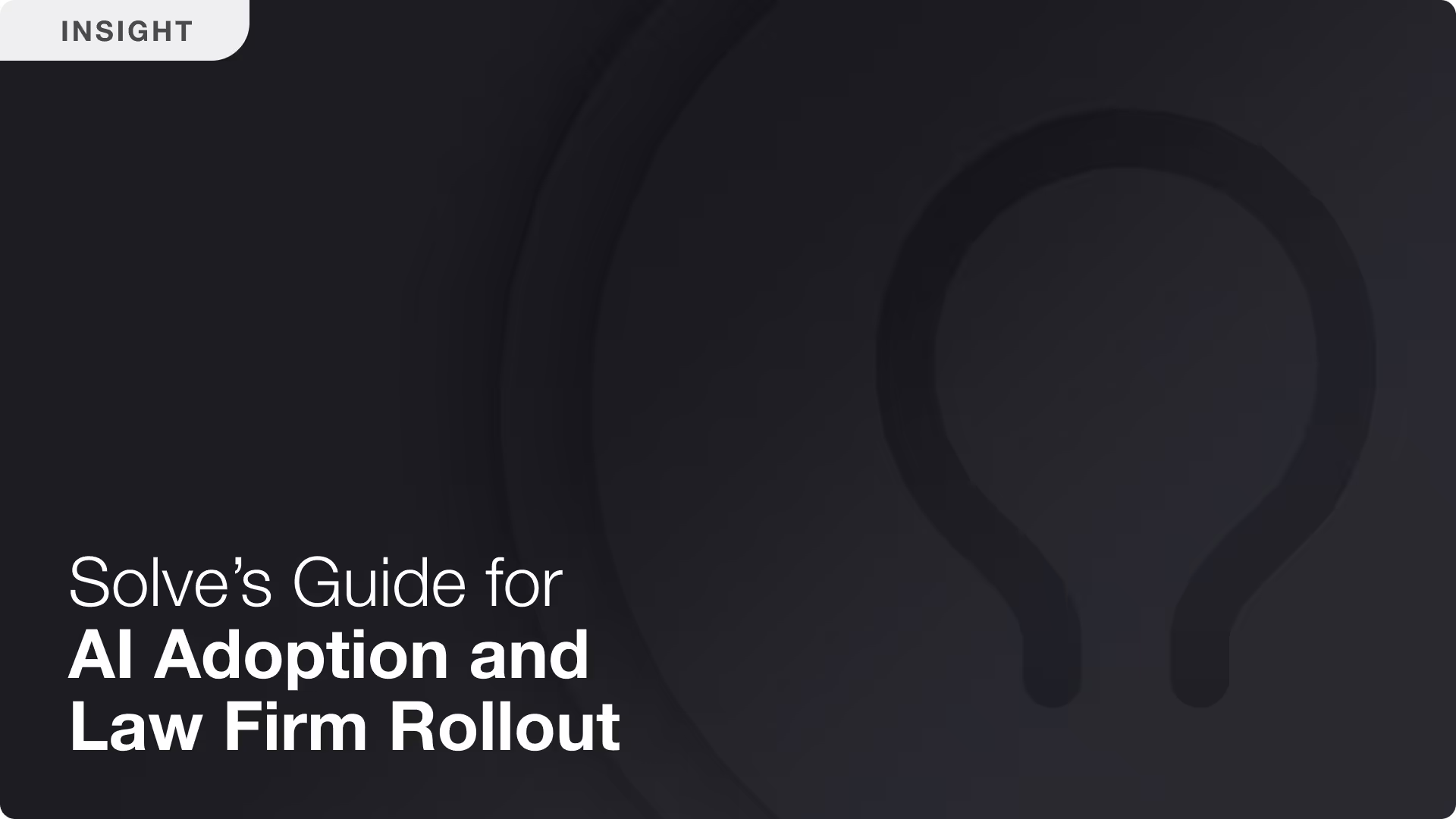AI Patent Analysis: Benefits, Challenges, and Best Practices
AI patent analysis involves using machine learning and other advanced technologies to enhance the review and assessment of patents and patent applications. This technology streamlines processes such as reviewing invention disclosure documents, conducting novelty and obviousness analyses, and performing comprehensive patentability assessments.

What is AI Patent Analysis?
AI patent analysis involves using machine learning and other advanced technologies to enhance the review and assessment of patents and patent applications. This technology streamlines processes such as reviewing invention disclosure documents, conducting novelty and obviousness analyses, and performing comprehensive patentability assessments.
Benefits of AI Patent Analysis
The integration of AI into patent analysis yields multiple advantages. The most prominent benefit is the substantial increase in processing speed. AI systems can analyze documents and data far more quickly than human counterparts, significantly cutting down the time from initial invention disclosure to final decision-making. Further, this speed does not come at the expense of accuracy. In fact, AI often enhances precision by reducing human errors and biases. Such capabilities ensure that decisions are grounded in the most accurate information. Further, with increased efficiency, patent attorneys have more time to spend on strategic areas of the patenting processing, such as claim drafting, thereby improving the overall quality of patents altogether.
AI also excels in identifying patterns and relationships that might be overlooked by human analysts. This is particularly beneficial in patent analytics services, as it provides a deeper insight into the patent landscape, aiding strategic planning in innovation-driven sectors.
Using AI to Review Patents and Patent Applications
AI's capabilities extend beyond basic analyses to more intricate tasks, such as reviewing patents and patent applications for errors and inconsistencies. AI can efficiently check reference labels and drawings, ensuring they match up correctly across documents. It can also detect common mistakes in patent applications, such as typographical errors, incorrect terminologies, or inconsistent formatting, potentially delaying the patent process.
These AI systems are also trained to recognize and adhere to patent filing rules, reducing the likelihood of procedural rejections. For patent practitioners, this means less time spent on manual checks and more time available for strategic work, thus optimizing workflow and increasing productivity.
Challenges of AI Patent Analysis
Despite its advantages, deploying AI in patent analysis is not without challenges. The intricate legal and technical language of patent documents poses a significant hurdle. AI systems must be sophisticated enough to accurately interpret the detailed information in these documents, a non-trivial task requiring ongoing refinement of AI models.
Another major challenge is relying on extensive, high-quality datasets to train AI models. These datasets need regular updates with new patents and legal rulings to keep the AI tools effective and relevant. Furthermore, the legal industry's cautious approach towards new technologies can also impede the adoption of AI tools. The opacity of AI decision-making processes, often called the "black box" issue, can lead to trust issues among patent professionals who are accountable for the outcomes of these analyses.
Best Practices for AI Patent Analysis
Implementing AI in patent analysis effectively requires adherence to several best practices. Firstly, it is crucial to ensure that AI systems are trained on accurate and comprehensive data sets. This training not only enhances the performance of AI tools but also builds confidence in their outputs.
It is also essential for AI technologists to work closely with patent professionals. Such collaborations can help tailor AI tools to the unique needs of patent analysis, incorporating legal subtleties and technical specifications peculiar to patent documents. The tool should be specialized specifically for patents and not, for example, off-the-shelf tools such as ChatGPT and Claude, or AI products designed for other applications, such as Mandel or Dashworks.
Addressing the "black box" problem is another critical practice. Developers should strive to create AI models that are not only accurate but also transparent and interpretable. Providing clear, understandable explanations for AI decisions is vital to fostering trust and acceptance among legal practitioners.
Continuous monitoring and updating of AI systems are also paramount.The dynamic nature of patent laws and standards means that AI tools must evolve continually to stay relevant and effective.
Conclusion
AI in patent analysis offers transformative potentials, significantly enhancing the efficiency, accuracy, and depth of patent searches and analyses. By understanding the inherent challenges and adopting best practices, both the legal and technological sectors can leverage AI to foster innovation and secure intellectual property rights in an increasingly complex global tech landscape. As AI technologies evolve, their integration into patent law will likely become more profound, reshaping the practice in ways that are only beginning to be understood.
Here, at Solve Intelligence, we are building the first AI-powered platform to assist with every aspect of the patenting process, including ourPatent Copilot™, which helps with patent drafting, and future technology focused on patent filing, patent prosecution, and office action analysis, patent portfolio strategy and management, and patent infringement analyses. At each stage, however, our Patent Copilot™ works with the patent professional, and we have designed our products to keep patent professionals in the driving seat, thereby equipping legal professionals, law firms, companies, and inventors with the tools to help develop the full scope of protection for their inventions.
AI for patents.
Be 50%+ more productive. Join thousands of legal professionals around the World using Solve’s Patent Copilot™ for drafting, prosecution, invention harvesting, and more.




